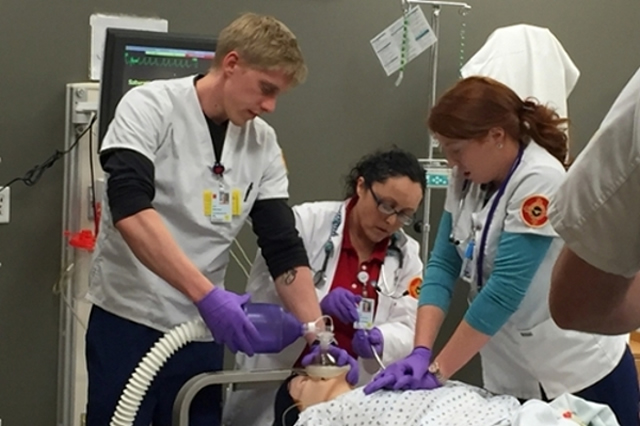
Nursing ETDs
Publication Date
1-31-2013
Abstract
The overall aim of this mixed method inquiry was to increase understanding of self-mutilation by adult males in a correctional setting. This study explored the self-mutilating attributes such as type and motivational factors, to identify factors associated with self-mutilation among adult males in a correctional setting. Self-mutilation has classically been associated with adolescents and females; however, behind the walls of many correctional institutions, adult males are engaging in self-mutilating behavior. Self-mutilation by this population can have serious health consequences, impact the safety of the institution, and also have fiscal consequences. While this remains a serious forensic issue, there is a paucity of research concerning the types and extent of self-mutilation behaviors and the motivating factors linked with these behaviors in men (Favazza, 1996; Groves, 1993; Jeglic, Vanderhoff & Donovick, 2005; & Shea, 1993). A mixed method triangulation design was chosen for this study. The initial phase of the study was quantitative, using two instruments: the Deliberate Self-Harm Inventory (DSHI) that measures sixteen different types and frequency, and the Self-Injury Motivational Scale (SIMS) that measures six different motivational factors. The second phase used a visual ethnographic approach that integrated a photo-elicitation technique. The sample consisted of forty-two males age 20 to 50 years and was drawn from the New Mexico Department of Corrections level I-III. The sample was ethnically 40% Hispanic, with Race 76% white. All participants completed both phases of the investigation. Fifteen of the 16 forms of self-mutilation were endorsed by at least one of the participants. Using the DSHI, the most predominant type of SM reported was cutting, followed by head banging and sticking self with sharp objects. Thirty-nine of the 42 participants required medical attention or hospitalization due to self-mutilation behaviors. Thirty nine (93%) reported engaging in cutting' in a combined sample total (lifetime events) of 2,746 times with one individual reporting having cut over 700 times in his life time. Motivational factors associated with 'cutting' were predominantly mood dysregulation, communication and addictive quality. With the merged data, the motivational factor identified as a key impetus for self-mutilation behaviors was mood modulation.
Degree Name
Nursing
Level of Degree
Doctoral
Department Name
College of Nursing
First Committee Member (Chair)
Meek, Paula
Second Committee Member
Parshall, Mark
Third Committee Member
Salt, Rebekah
Fourth Committee Member
Clements, Paul
Keywords
Self-mutilation, Self-harm, Deliberate self harm
Language
English
Document Type
Dissertation
Recommended Citation
Morales, Yolanda. "EXPLORING THE PHENOMENON OF SELF-MUTILATION AMONG ADULT MALES IN A CORRECTIONAL SETTING: A QUANTITATIVE AND QUALITATIVE INQUIRY." (2013). https://digitalrepository.unm.edu/nurs_etds/9
